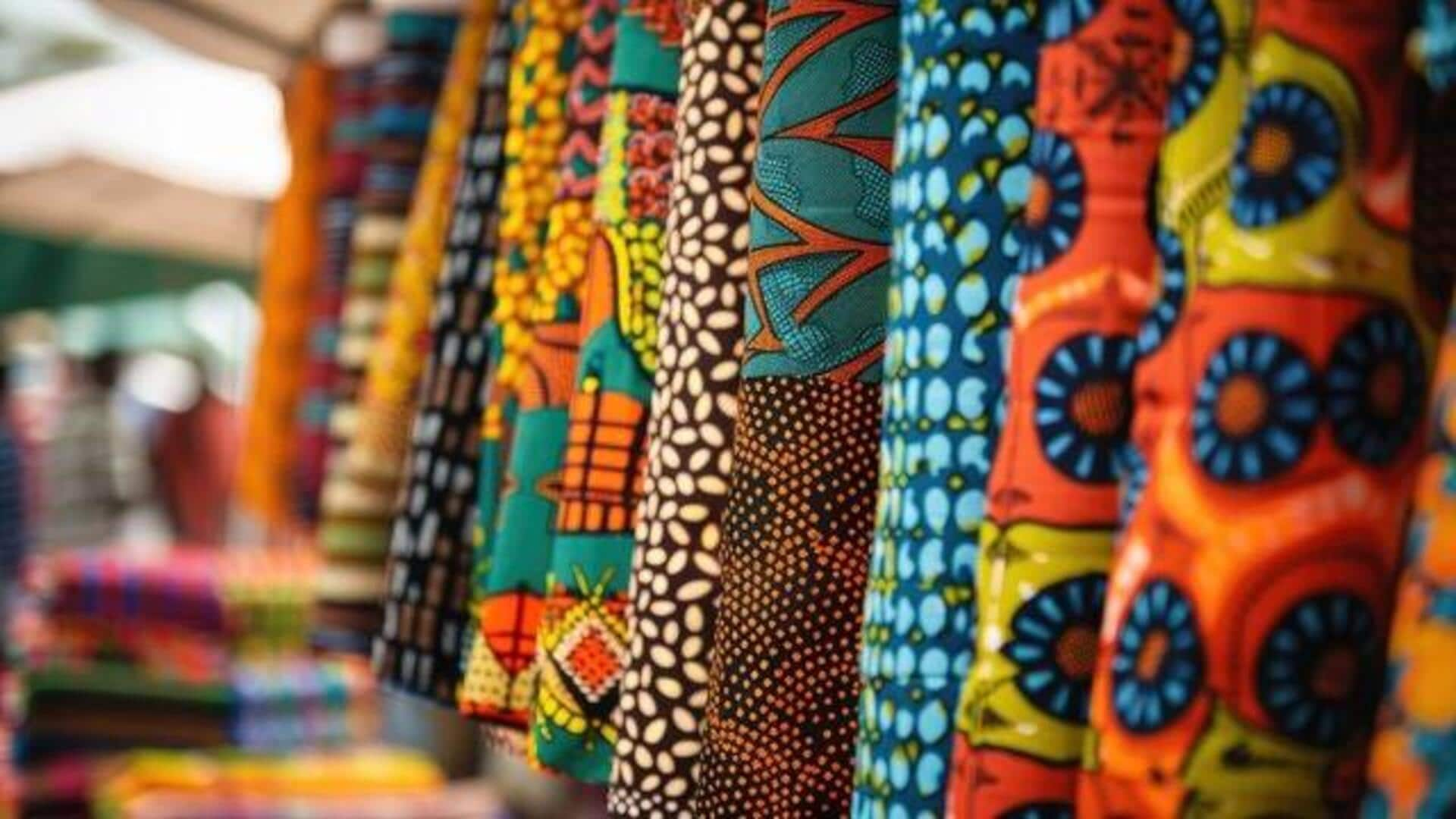
Exploring symbolism in textile designs
What's the story
African textiles are laden with symbolism, representing the various cultures and histories of the continent. These textiles are often adorned with intricate patterns and motifs that tell stories, represent beliefs, and showcase traditions. Every design element has a specific meaning, making these fabrics not just decorative but also communicative. Learning these symbols gives an insight into African heritage and values within different communities.
#1
Adinkra symbols in Ghanaian textiles
You would have seen Adinkra symbols on Ghanaian textiles, each symbolizing a particular concept or aphorism. These symbols are employed to communicate messages of wisdom, strength, unity, and other cultural values. For instance, the Gye Nyame symbol represents the supremacy of a higher power. These motifs are frequently printed on cloths donned during important occasions such as weddings or funerals.
#2
Kente cloth patterns and meanings
Another iconic Ghanaian textile is Kente cloth, which is famous for its bright colors and geometric patterns. Each color is representative of something; gold stands for status or serenity, green stands for renewal or growth. The patterns themselves can represent historical events or proverbs. Kente is traditionally worn at important ceremonies as a mark of cultural pride.
#3
Bogolanfini: The mud cloth of Mali
Known as mud cloth from Mali, Bogolanfini uses natural dyes to create unique designs on the cotton fabric. The process includes painting with fermented mud to create symbolic patterns which tell stories of social status or historical events. The textile is widely used in clothing and home decor items, owing to its distinctive aesthetic appeal.
#4
Kuba cloth from the Democratic Republic of Congo
Kuba cloth hails from the Democratic Republic of Congo and is crafted from raffia palm fibers intricately woven into designs by skilled artisans. The geometric patterns on kuba cloth signify different aspects, be it political systems or social hierarchies in their communities. This highly-prized textile is renowned for its craftsmanship and cultural significance.
Tip 1
Tips for incorporating African textiles at home
Incorporating African textiles into your home decor can amplify the cultural vibe of your living space. Use them as wall hangings or throw blankets to subtly add their intricate designs and vibrant patterns into your decor. This way, you can showcase the beauty and complexity of African craftsmanship without it taking over the whole room. It's a simple yet effective way to celebrate and acknowledge the rich cultural heritage these textiles represent.